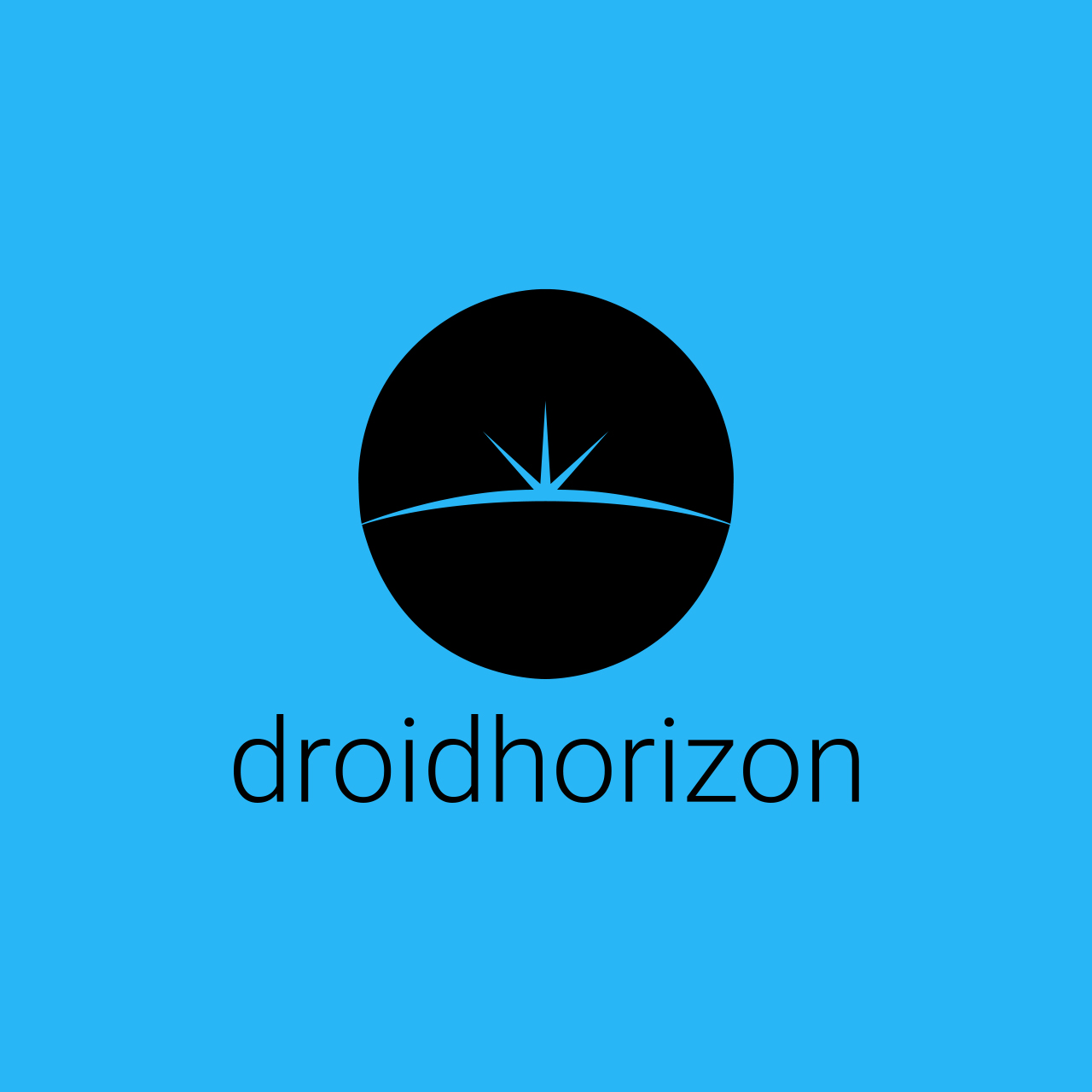Patient data could be vast and complex, depending on the complexity of the elements, different protocols might be needed to store, transmit, and process information. Among those protocols, DICOM and HL7 are quite common in medical standards. So, what is the difference between the DICOM and HL7? Will it be a problem if you transfer to a different medical facility that uses a different protocol? And what is DICOM and HL7?
DICOM is short for Digital Imaging and Communications in Medicine. It refers to the workflow inside the departments which deal with the imaging process. Such departments are radiation therapy, radiology, and cardiology. The system consists of image data formats as well as the result data from image analysis. Besides those data, the system also records the data containing radiation dose and any image with related data exchange. HL7 is the system that regulates the interdepartmental workflow. The elements consist of master files, billing, orders, results, and patient management. The data collected could be used for the automation of clinical lab devices. This could help the healthcare workers to do their job more efficiently. In an advanced implementation, HL7 could even help to manage the medication used in inpatient care. In case of patient migration from one facility to another, this system could help to arrange the clinical documents.
In short, the fundamental difference between the two systems would be their implementation in healthcare facilities. The main difference between DICOM and HL7 is that DICOM manages image data while HL7 is a universal standard for other data formats.
Interoperability is always the issue of these two protocols. How so, both of them are popular yet hospitals could only use one type of protocol. What happens next is when a patient migrates from a DICOM hospital into an HL7 hospital. Of course, the patient should bring all his medical data and reports along. However, since the two protocols are not interoperable, the patient might have difficulties during the migrating process. It is because the reports from the origin hospital wouldn’t be usable in the new hospital. The two systems have different standards, so the patients would most probably have to retake the whole medical assessment. On the other side, hospitals would be less likely to change their system because of the risks. Switching to a new system could cause the hospital to lose its current partners. Besides, the cost to adopt a new system is terribly steep.
The HL7 protocol uses patients’ transactions as the basis of their data. The records are made based on every event that happens in the name of patients. It would be no matter who receives the data, the system would just create the report and send it to the connected peer. However, such procedures won’t work with DICOM. The way this one works is based on requests made by each client. It means that the worklist request could only be created and sent by the client who belonged to the specific server. The data would be unreadable by clients outside the related server.
There are more hospitals that adopt the HL7 standards. It is because of the flexibility of the system which makes it easier for patients and healthcare workers to migrate from one facility to another. In case something of urgency happens and it requires the patient to move to another facility, the process would be much simpler and faster. HL7 allows customization on the site, whilst DICOM remains an exclusive per-peer client. The data which is made using DICOM protocols would be treated as a “persistent object”. Meaning that any files created would remain in the archive until the preset expiration time ends. Any attempt to modify or create a new file with the same type would result in the creation of a new series of patient data. On the contrary, HL7 implies in the protocol based on transactions per patient name. It would record more details about the patient such as arrival time and specific checkup requests. Depending on which system adopted by a hospital, it would affect the contents of patients’ medical records.
Besides the different procedures for each standard, they also have different encoding methods. Messages in the HL7 system are encoded in ASCII format. ASCII itself is an encoding method that uses numbers as codes to represent a certain character. The system designed this method so that the message could be interpreted by humans. Different from DICOM which uses the binary value to encode any medical test results of a patient. Of course, there have been attempts to interpret the codes into ASCII. However, the results didn’t make any sense even after a long time of processing. That is why these two methods would never be interoperable since the basis of data creation itself is totally different.
The problem that lies with these interoperability issues would really mean when a seriously ill patient needs to change hospital. Of course, the origin hospital would need to prepare all the data before the patient could move into the referred hospital. However, the data collected and transmitted would be according to the hospital’s standard procedures which could be HL7 or DICOM. The difference between the standards would cause the hospital not able to understand the data being transmitted from one another. In other words, if the patient had to be moved to another hospital he would have to get all his medical records on paper. The worst case is that some data just couldn’t be printed and the patient would have to do the tests all over again. Of could for a seriously ill patient, any delay would mean further health deterioration. If the process takes too long, the result could be fatal, or worse, it could cause demise. So, it is better to make preparations ahead of time. A simple thing like checking the compatibility between hospitals could save time and lives. This could prevent the patient’s condition from getting worse just because of administration.

